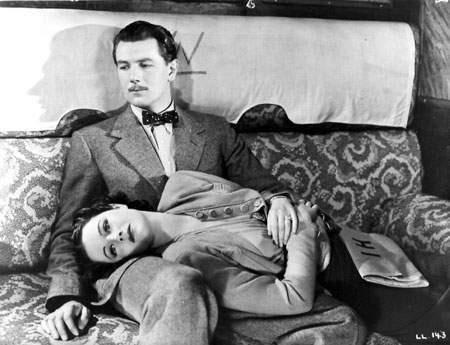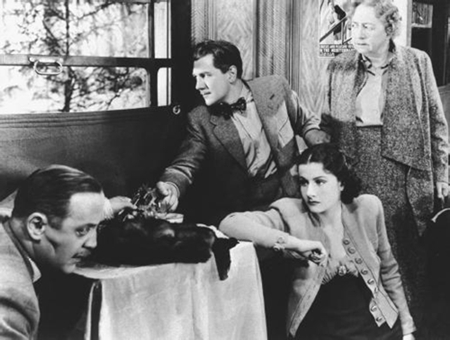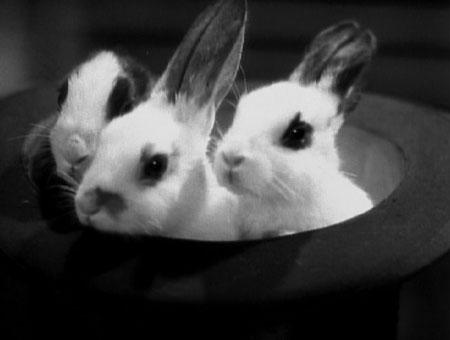The Lady Vanishes/1938/GB Pictures/96 min.
By Michael Wilmington
In “The Lady Vanishes,” his marvelous 1938 mystery classic set aboard a train racing though the Balkans, Alfred Hitchcock pushes the romantic-comedy-thriller form to near perfection. It’s one of the most purely entertaining movies he ever made, and it can be watched over and over again with no diminution of pleasure.
Arguably funnier than Hitchcock’s other train classics – “The 39 Steps” (1935), “Strangers on a Train” (1951) and “North By Northwest” (1959) – “The Lady Vanishes” offers one of Hitchcock’s greatest assemblies of characters and actors: Michael Redgrave, Margaret Lockwood, Paul Lukas, Dame May Whitty, Cecil Parker, Linden Travers, Catherine Lacey, Naunton Wayne and Basil Radford.
Hitchcock loved trains, in life as well as in his movies. In “The Lady Vanishes” we can see why. Though shot mostly on a sound stage, this locomotive is somehow supremely convincing – with its cozy yet menacing cars, jiggling tables, rushing train-sounds, compartments full of strangely cool or deceptively amiable passengers and that wonderful dining car, where so much tea is sipped, so much suspense generated and where the final crackerjack gun battle takes place.
Sidney Gilliat and Frank Launder (“The Rake’s Progress,” “Night Train to Munich,” “Green for Danger”) wrote the script from a novel called “The Wheel Spins,” by Ethel Lina White. But the Gilliat-Launder stamp, a special brand of breezy and irreverent class-puncturing humor, is all over this film, almost as much as Hitchcock’s flair for tension, perverse romance, dark humor and similar irreverence toward class.
The ingenious story is in line with brainy mysteries by writers like Agatha Christie, Ellery Queen and John Dickson Carr. What happens? A congenial old lady named Miss Froy (played by the irresistible Dame May Whitty) disappears from the train and, when her pretty and saucy fellow passenger Iris (Margaret Lockwood) tries to find her, everyone who saw Miss Froy denies she existed.
Only Michael Redgrave as Gilbert, an amorous young musicologist, believes her. As Iris and Gilbert put their nimble wits together, love and melody and mystery bloom, even as the vanished lady remains peculiarly elusive. The train’s odd-lot passengers – including a suave doctor (Paul Lukas), a philandering politico and his inamorata (Cecil Parker and Linden Travers), a nun in high heels (Catherine Lacey) and those ineffable cricket fans Caldicott and Charters (played by the immortal Naunton Wayne and Basil Radford) – keep denying Miss Froy was ever there. Things get progressively stranger, faster, funnier and more dangerous.
If Hitchcock loved trains, he makes us fall in love with this one, too – and with many of the people aboard, including some of the villains. And non-villains like Caldicott and Charters, who became so popular that they began making appearances, as the same characters, in other films (“Night Train to Munich” and “Crook’s Tour”). And Miss Froy, who looks a bit like Agatha Christie, or the way we envision Miss Marple to look. And of course Gilbert and Iris, an intrepid, utterly beguiling, English couple if ever there was one.
As I said, “The Lady Vanishes” is one movie classic that most audiences are sure to enjoy. If you don’t enjoy it, I’m afraid I can’t help you. Maybe what you need is a long train ride in the Balkans.
“The Lady Vanishes” plays on the big screen this Wednesday, March 14, at 7:30 p.m. at the Aero Theatre, 1328 Montana Ave. in Santa Monica.













From FNB readers